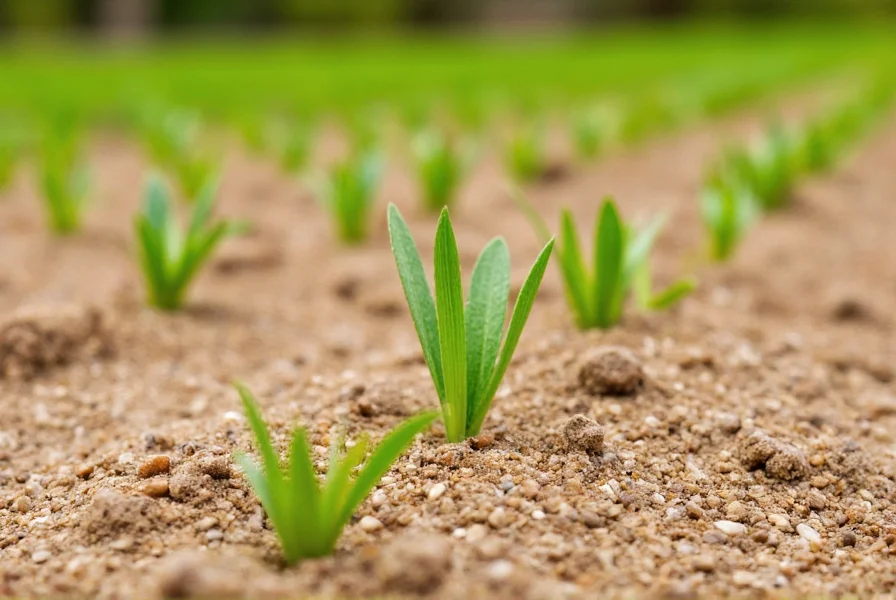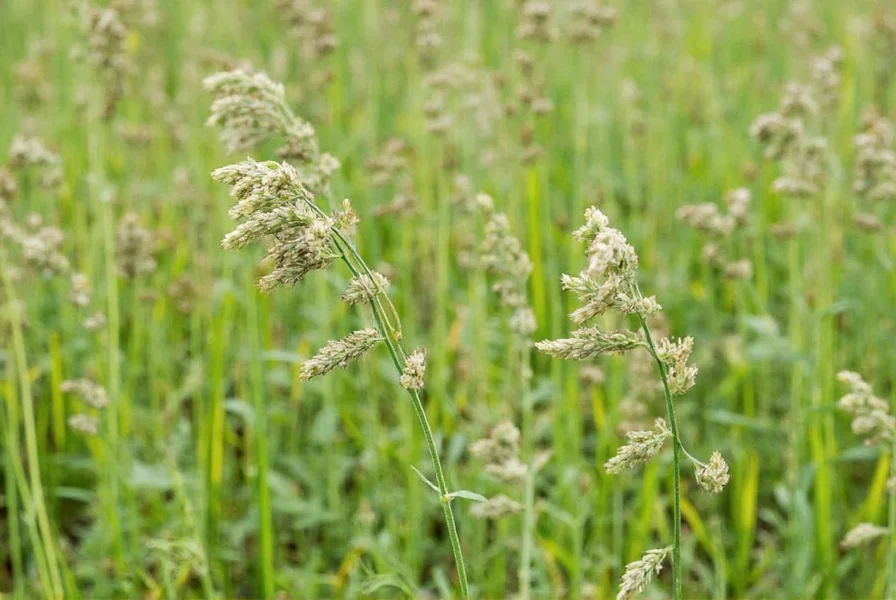For gardeners seeking to cultivate their own spice garden, cumin (Cuminum cyminum) offers aromatic rewards but demands specific growing conditions. This ancient spice, native to the Mediterranean and Southwest Asia, requires careful attention to temperature, soil composition, and watering practices for successful cultivation. Unlike many common garden herbs, cumin presents unique challenges that make understanding its growth requirements essential for a bountiful harvest.
Optimal Timing for Planting Cumin Seeds
Timing proves critical when considering the best time to plant cumin seeds. Cumin grows as an annual in most climates and requires a long, warm growing season of 3-4 months without frost. Start seeds indoors 4-6 weeks before your last expected frost date, or sow directly outdoors when soil temperatures consistently reach 65°F (18°C) or higher. In USDA hardiness zones 5-10, late spring planting yields the best results, while gardeners in warmer zones (7-10) can sometimes plant a second crop in early summer for fall harvest.
Soil Preparation Requirements
Proper cumin soil preparation tips begin with soil testing. Cumin prefers slightly acidic to neutral pH between 6.0 and 7.5. Amend heavy clay soils with generous amounts of compost and coarse sand to improve drainage—cumin's taproot system cannot tolerate waterlogged conditions. Raised beds 6-8 inches high provide excellent drainage in areas with heavy rainfall. Avoid nitrogen-rich fertilizers that promote leafy growth at the expense of seed production. Instead, incorporate balanced organic matter before planting to support healthy development throughout the growing season.
| Soil Component | Optimal Range | Adjustment Method |
|---|---|---|
| pH Level | 6.0-7.5 | Add lime to raise pH; sulfur to lower |
| Organic Matter | 2-4% | Mix in compost or well-rotted manure |
| Drainage Rate | 1-2 inches/hour | Add perlite or coarse sand to heavy soils |
Seed Selection and Planting Technique
When determining how deep to plant cumin seeds, remember these small seeds require shallow placement. Sow seeds 1/4 inch deep in rows spaced 18-24 inches apart. For container gardening, choose pots at least 12 inches deep to accommodate the taproot. Maintain 6-8 inches between plants to allow adequate air circulation and prevent fungal diseases. Unlike many herbs, cumin doesn't transplant well due to its delicate taproot, making direct sowing preferable. If starting indoors, use biodegradable pots to minimize root disturbance during transplanting.

Watering and Maintenance Schedule
Establishing the right cumin watering schedule prevents common cultivation problems. Keep soil consistently moist but not saturated during germination (7-14 days). Once established, reduce watering frequency but increase depth—cumin tolerates some drought but produces better yields with consistent moisture. During flowering and seed development (typically 60-80 days after planting), maintain even soil moisture to prevent premature seed drop. Mulching with straw or shredded leaves helps retain moisture and regulate soil temperature. Avoid overhead watering to prevent fungal diseases, especially in humid climates.
Common Growing Challenges and Solutions
Gardeners often face specific obstacles when implementing cumin plant spacing requirements. Aphids and spider mites frequently attack cumin plants, particularly during dry periods. Control infestations with insecticidal soap or neem oil applications. Powdery mildew can develop in humid conditions—ensure proper spacing for air circulation and remove affected leaves promptly. The most common failure point occurs when gardeners plant too early in cool soil; cumin seeds won't germinate below 60°F (15°C). Patience with planting timing significantly improves success rates.
Harvesting and Post-Harvest Processing
Knowing when to harvest cumin seeds separates successful growers from disappointed gardeners. Harvest occurs 120-150 days after planting, when seed heads turn brown and stems dry. Cut entire plants in the morning when dew has dried but before seeds shatter. Bundle stems and hang upside down in a warm, dry, well-ventilated area. After 1-2 weeks, rub seed heads over a fine mesh screen to separate seeds from chaff. Store dried seeds in airtight containers away from light and heat to preserve flavor and essential oils for up to one year.

Extending Your Cumin Growing Success
For those exploring growing cumin in home garden settings, consider these advanced techniques. In cooler climates, use black plastic mulch to warm soil before planting. Companion planting with cilantro or dill attracts beneficial insects that control pests. Successive plantings every 3-4 weeks during the warm season can extend your harvest window. Remember that cumin requires full sun—choose a location receiving at least 6-8 hours of direct sunlight daily. With proper care and attention to these specific requirements, home gardeners can successfully cultivate this valuable spice crop and enjoy the superior flavor of freshly harvested cumin.
Frequently Asked Questions
How long does it take for cumin to grow from seed to harvest?
Cumin requires 120-150 days from planting to harvest. The plant germinates in 7-14 days, grows vegetatively for 60-80 days, then flowers and develops seeds over the next 40-70 days. The extended growing season makes cumin challenging to grow in regions with short summers.
Can cumin grow in containers or pots?
Yes, cumin can grow in containers with proper care. Choose pots at least 12 inches deep to accommodate the taproot, use well-draining potting mix, and place in full sun. Container-grown cumin requires more frequent watering than garden-planted cumin but offers better control over soil conditions, especially in regions with heavy rainfall.
Why are my cumin plants falling over?
Cumin plants often fall over due to insufficient sunlight, overcrowding, or excessive nitrogen. Ensure plants receive 6-8 hours of direct sun daily, maintain proper 6-8 inch spacing between plants, and avoid high-nitrogen fertilizers. Staking may be necessary in windy locations, but proper spacing and sunlight usually prevent this issue.
Does cumin come back every year?
No, cumin is an annual plant that completes its life cycle in one growing season. It does not return year after year like perennial herbs. Gardeners must replant cumin seeds each spring after soil temperatures warm sufficiently for germination.
How much cumin can I expect to harvest from one plant?
A single healthy cumin plant typically produces 1-2 ounces of dried seeds. Under optimal conditions with proper spacing (6-8 inches between plants), you can expect approximately 1/2 pound of dried cumin seeds per 10-foot row. Yields vary based on climate, soil quality, and care throughout the growing season.











 浙公网安备
33010002000092号
浙公网安备
33010002000092号 浙B2-20120091-4
浙B2-20120091-4